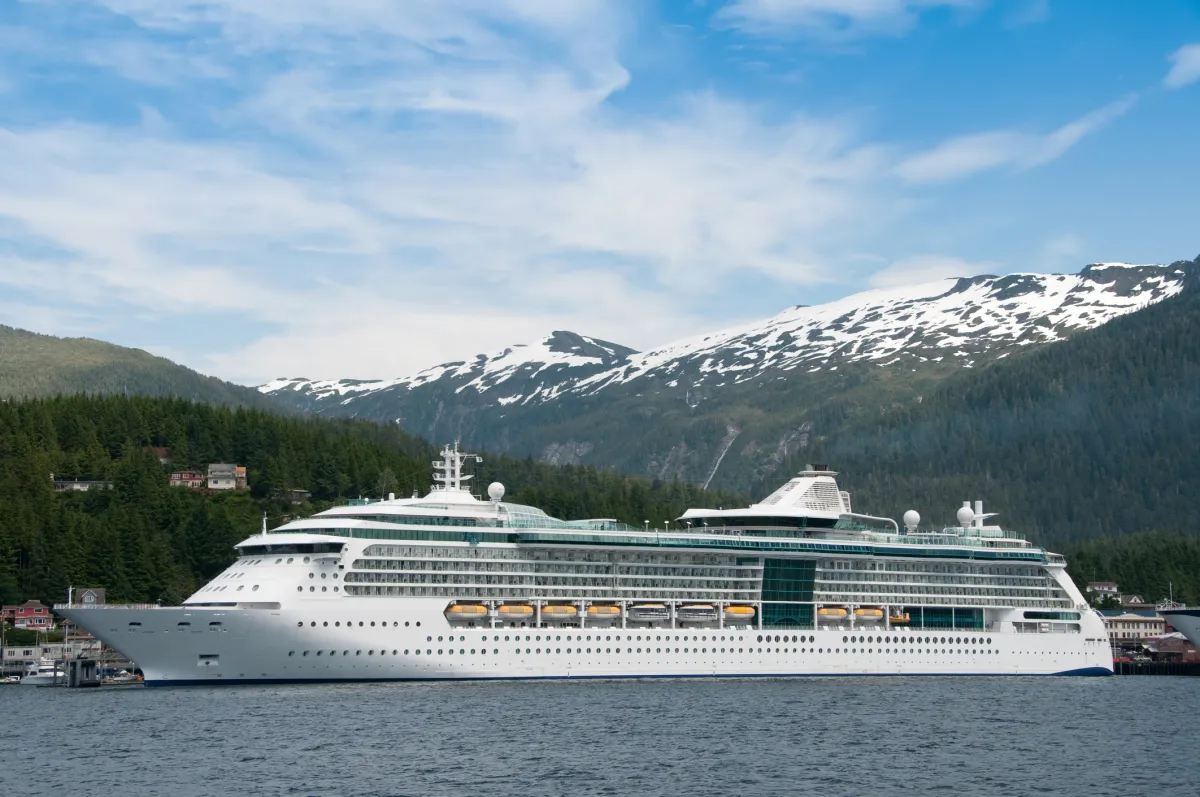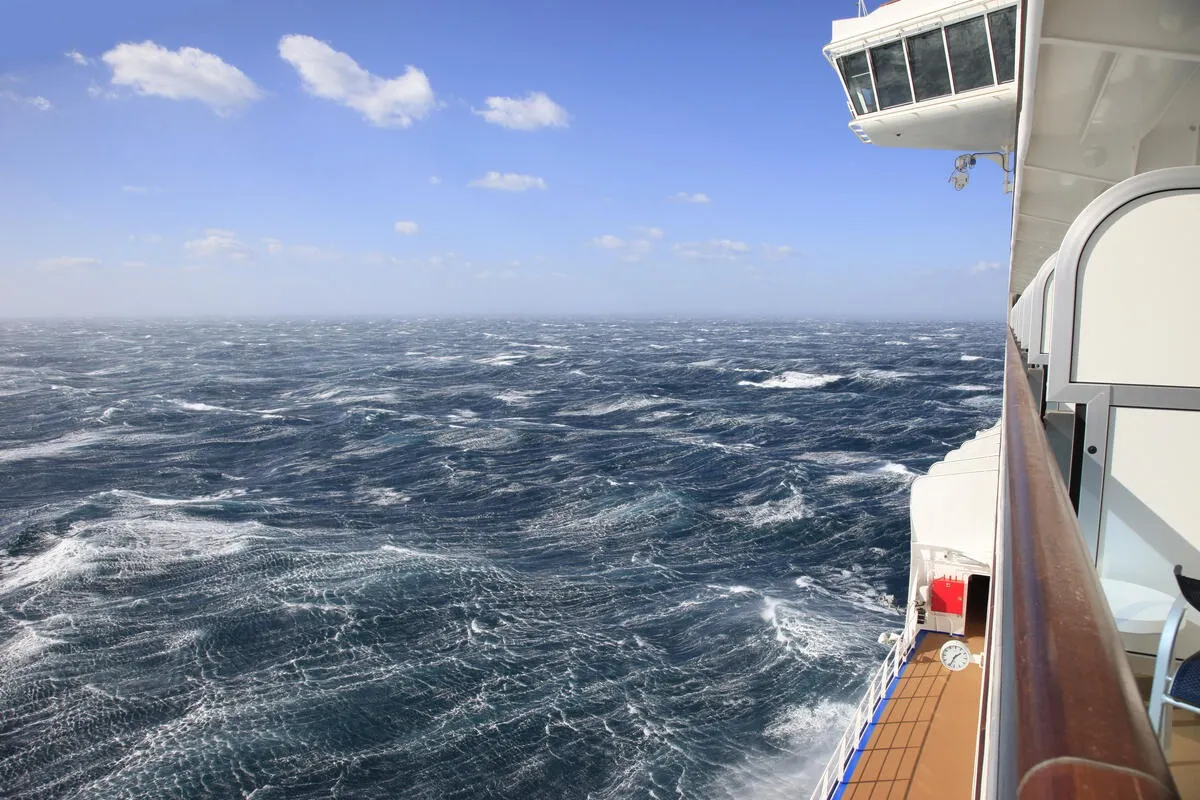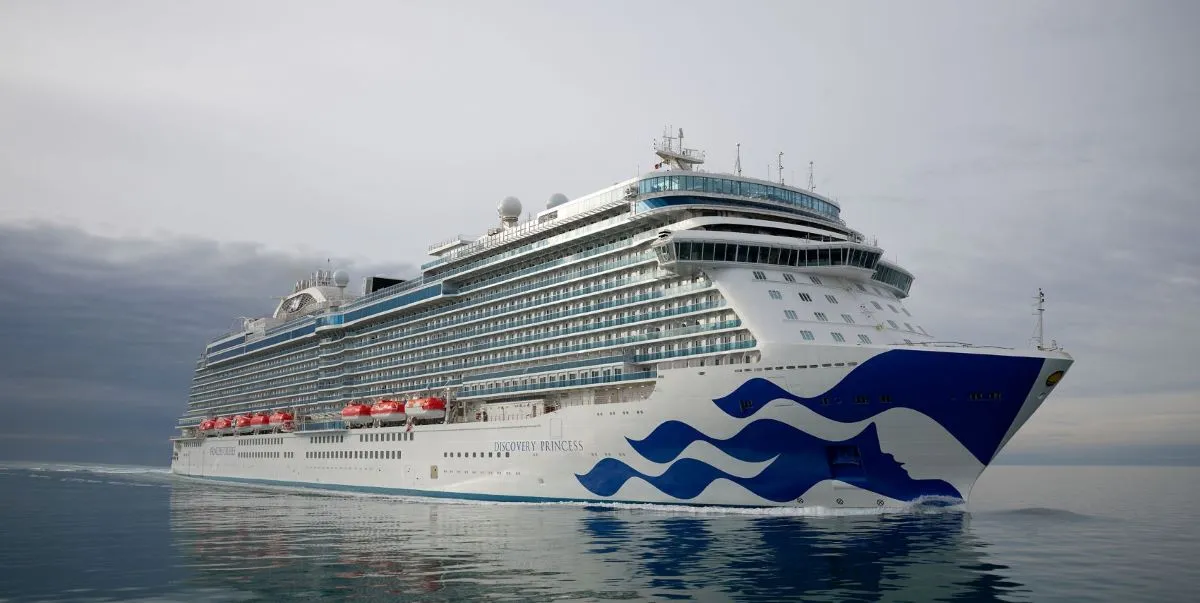
No one wants to spend their dream Alaska cruise vacation feeling unwell. With so many great things to see and do, the last thing you want is be held up in your cabin while you wait to feel better. Unfortunately, some passengers, including those on cruises to Alaska, feel seasick.
Seasickness is a type of motion sickness that some passengers experience on a cruise ship or boat. To put it simply, it happens because your body is out of sync due to the movement of the water. This can cause the symptoms we commonly hear about, such as dizziness, nausea, headaches, and fatigue.
For many, the feeling passes, and there are a number of simple tips and remedies to help you avoid getting seasick on a cruise to Alaska. Avoiding certain foods, drinking lots of water and going easy on those tasty cruise ship cocktails can all help you feel better.
Some people seem more prone to seasickness – but there are a number of things you can do to avoid getting seasick on a cruise to Alaska. Here are our top suggestions.
Some Alaska itineraries are more prone to rough waters

Among the most popular Alaska itineraries are round-trip cruises that leave from ports like Seattle and Vancouver, sailing the coastal waters of the Inside Passage. These cruises head north, sailing around the thousands of islands that this region is famous for. A major benefit to cruising in the southern part of Alaska is that there tends to be calmer waters, thanks to protection from the islands.
One-way cruises sail northbound from ports like Seattle or southbound across the Gulf of Alaska from ports such as Anchorage, touring natural wonders like College Fjord and its incredibly picturesque landscape. The open waters of the Pacific Ocean can be more turbulent than the Inside Passage, which can make some more prone to seasickness. However, there are no guarantees, you can have great smooth seas on either, or a few bumpy days.
Luckily, the cruise season corresponds to the best time of year for sailing in Alaska. The winter months tend to be choppy. And, unlike the Caribbean, in the summer, you don’t need to worry about tropical storms or hurricanes.
Cabin type and location can help make you feel less sick

There are some areas of the ship that feel less movement and can make you less likely to experience the symptoms of seasickness. Cabins that are lower and midship tend to feel the least amount of movement and perhaps are the best if you are worried about feeling nauseous.
While the back of the ship may offer some spectacular ocean views, you run the risk of feeling more swaying in these locations. If you tend to get seasick, it might be a good idea to forego a guaranteed cabin and spend the extra money to pick a stateroom in your preferred location.
A balcony cabin can also be a good option, as many suggest fresh air and keeping an eye on the horizon help with the symptoms. If you happen to feel unwell, spending some time outside on your own private balcony might be the ideal thing to make you feel better.
Age and type of ship can make a difference

Even before you step foot onto a ship, there are a few things you can do to help minimize seasickness, and one important factor to consider is the type of ship you choose.
The industry's newest and largest ships are particularly good at keeping the ship from rolling back and forth. These modern cruise ships have stabilizers that act like wings under the water to help minimize movement. If you pick an older or much smaller ship, you may feel more motion, which is something to consider.
Due to the popularity of cruising to Alaska, there are tons of ships to choose from, including newer ones that have the latest in technology to help ensure guests have the smoothest cruise possible. Newer ships like Discovery Princess from Princess Cruises, is only couple years old.
Tips to help avoid getting seasick while on an Alaska cruise

What you eat and drink can help to lessen (or aggravate) some seasickness symptoms. Too much alcohol and not enough rest can make you feel worse. Another tip is to stay hydrated, as a lack of fluid intake can worsen seasickness symptoms. No, this does not mean making good use of a drink package; water is a much better choice. Chamomile tea is another popular alternative to make you feel better.
Ginger is well known for its ability to soothe an upset stomach. Many people swear by ginger ale or ginger tea as a good alternative. Other options include plain, starchy foods like crackers and toast. Do try to stay away from spicy, rich, and heavier foods, which can prolong an upset stomach.
While recuperating, do resist the urge to read or spend a lot of time on your computer or phone, as this can further aggravate symptoms.

If, despite your best efforts, you still have some symptoms on the ship, there are some additional options to help. If you think you may feel seasick, it is a good idea to bring any medications onboard with you. Cruise ships have a limited supply of drugstore items, and they are often more expensive.
There are both natural and medical options that many people have found to help, including:
- Sea bands - Using some of the principles of acupuncture, sea bands are elastic bands that cruisers can wear on their wrists. They have a pressure stud inside that aligns with an acupressure point to alleviate symptoms. This drug-free method has shown some success in research, works quickly, and is low in cost.
- Medications such as Dramamine and Bonine are over the counter medications to treat nausea and other motion related symptoms. These medications can make some people drowsy. Whatever you pick, it is best to consult your doctor/ pharmacist to be aware of any side effects.
- Patches - Some cruisers have found that a nausea patch works well. The patch goes behind your ear, where the medicine can easily be absorbed by the skin. To be effective, they need to be applied several hours before you expect to get sick and they last a couple days.

